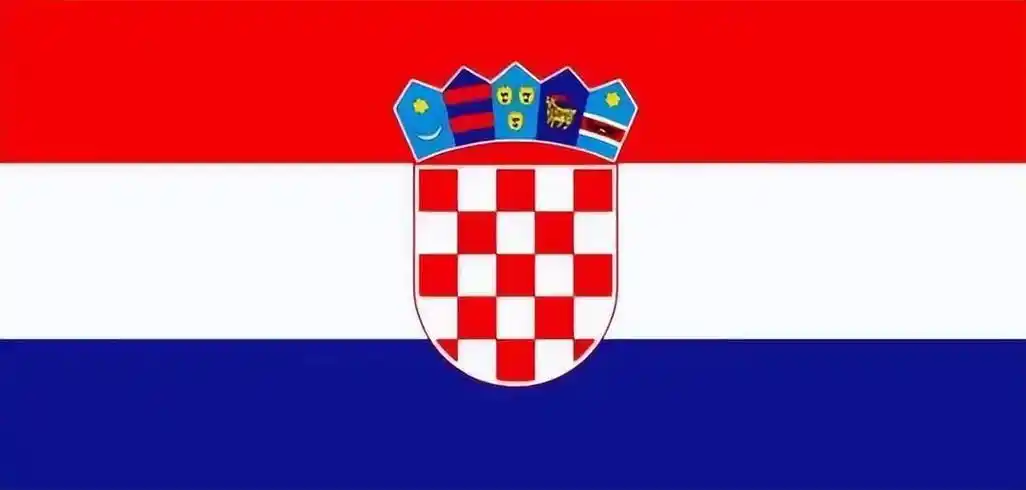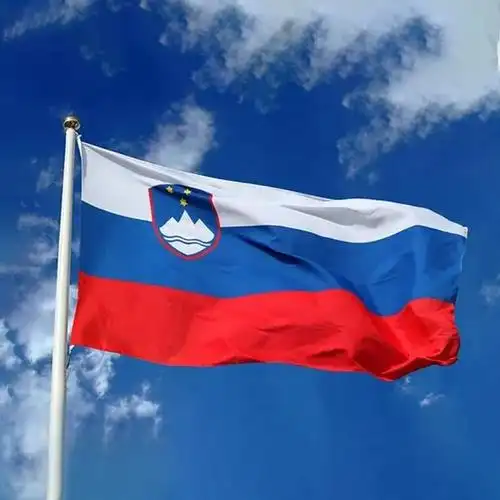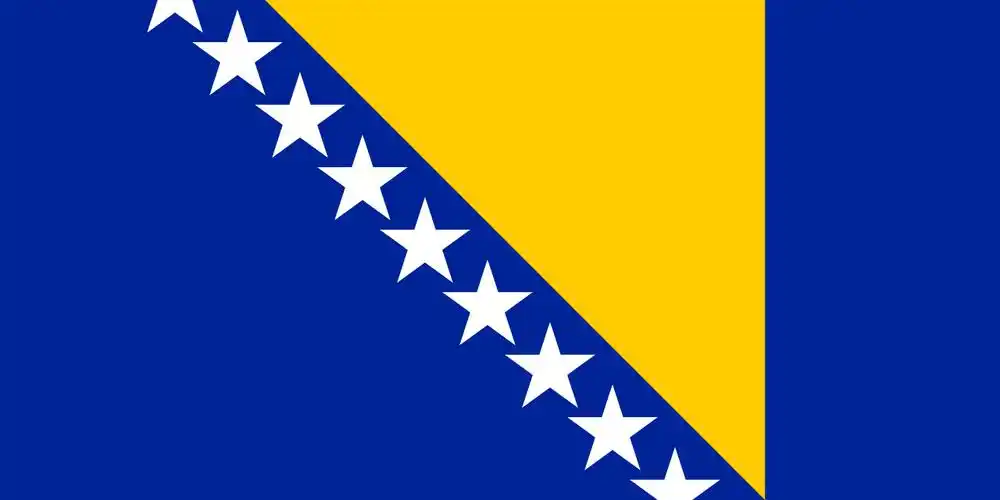Overview of Investment in Croatia

Overview of Investment in Croatia
Republic of Croatia (Croatian: Republika Hrvatska, The Republic of Croatia is located in central southern Europe, in the northwest of the Balkan Peninsula. It borders Slovenia and Hungary to the northwest and north, Serbia, Bosnia and Herzegovina, and Montenegro to the east and southeast, and the Adriatic Sea to the south. Its coastline is winding, with a total length of 1777.7 kilometers.
Geographical and administrative divisions
Croatia has a land area of 56594 square kilometers, with a temperate continental climate in the north, distinct four seasons, mild summers, and cold winters; The central and southern regions have a plateau mountainous climate, with cool summers and severe winters; The southern and southwestern coasts have a Mediterranean climate, with hot and dry summers and mild and rainy winters. The country is divided into 20 counties and one capital city, Zagreb.
historical background
The history of Croatia can be traced back to the late 6th and early 7th centuries, when Slavs migrated to settle in the Balkan Peninsula. In the 10th century, the Kingdom of Croatia was established. In December 1918, Croatia joined forces with some southern Slavic ethnic groups to establish the Kingdom of Serbs Croats Slovenes, which was renamed the Kingdom of Yugoslavia in 1929. On June 25, 1991, Croatia declared independence from Yugoslavia and joined the United Nations in 1992.
Economic situation
Croatia's economy is dominated by the tertiary industry, with the secondary industry as a secondary sector, and tourism is an important component of the national economy. The main industries include tourism, construction, shipbuilding, and pharmaceuticals. Football and tennis are tied as the top sports in Croatia.
cultural characteristics
The official language of Croatia is Croatian, and the main religion is Catholicism. The national flag consists of three parallel rectangles in red, white, and deep blue colors, and the emblem comes from the symbol of the ancient kingdom of Croatia in the 9th century.
Important cities
The main cities in Croatia include Zagreb, Split, Rijeka, Osijek, Zadar, and others.
Economic Overview of Croatia
Croatia is located in the southeast of Central Europe, in the northern part of the Balkan Peninsula, bordering Serbia to the east, Slovenia to the west, Montenegro to the south, and Hungary to the north. The land area is about 57000 square kilometers, and the national population is about 4 million.
Economic Development History
After gaining independence from Yugoslavia in 1991, Croatia experienced nearly 10 years of internal and external wars, resulting in severe economic damage. At the beginning of the 21st century, Croatia's economy was once one of the least developed countries in Europe. However, since joining NATO in 2009, Croatia's economy has gradually recovered and grown.
Current situation of economic development
At present, the economic situation in Croatia is relatively stable. Despite facing many challenges in the early stages of independence, in recent years, Croatia's economy has gradually recovered and shown strong growth momentum through market-oriented and democratic reforms, as well as active participation in international organizations such as NATO and the European Union. Croatia's economic structure is diversified, with the service industry, manufacturing industry, and tourism industry being its main economic pillars.
Future Development Trends
In the future, Croatia plans to further integrate into the EU Economic Area and strengthen economic cooperation with other European countries. In addition, Croatia is actively promoting innovation and technological development to enhance national competitiveness. The government is also working hard to improve the investment environment, attract foreign investment, and promote economic development.
The investment prospects in Croatia are generally very optimistic, especially with significant advantages in real estate investment and immigration.
Investment prospect analysis
Real estate investment:
Dubrovnik: As a tourist hotspot, Dubrovnik's real estate investment value is high, especially apartments and seaside villas around the old city, suitable for short-term rental and long-term investment, with an annual growth rate of about 8% -10% in housing prices.
Split: As an economic center, the real estate market in Split has strong multifunctionality and is suitable for self occupation and long-term rental. With the improvement of infrastructure, suburban real estate is expected to become a dark horse for growth.
Zadar: The housing prices are relatively low but have great potential. The annual growth rate of coastal properties is about 5% -7%, which is suitable for investors with limited budgets.
Istria Peninsula: The new darling of the high-end market, with strong demand for wineries and luxury villas, suitable for high-end investment.
Zagreb: As the capital, Zagreb's real estate market is stable and suitable for low-risk investments. School district properties and commercial real estate are popular.
Immigration Policy: Croatia's immigration policy has become more flexible and attractive due to the opening of the Schengen Area, making it suitable for investors seeking international opportunities.
Being a member of the European Union makes Croatia an ideal choice for business people, facilitating free movement and residence within the 27 member states of the EU.
Croatia has a high level of education and affordable tuition fees, making it suitable for families who want their children to receive advanced education.



